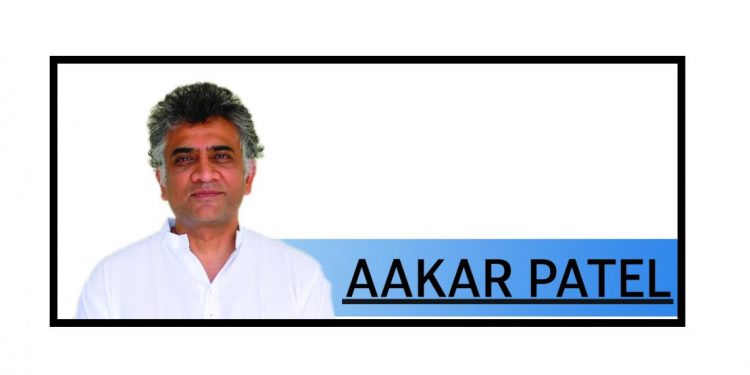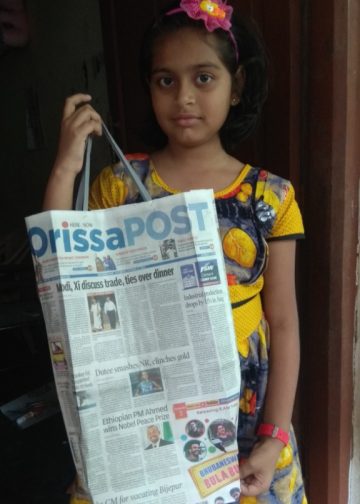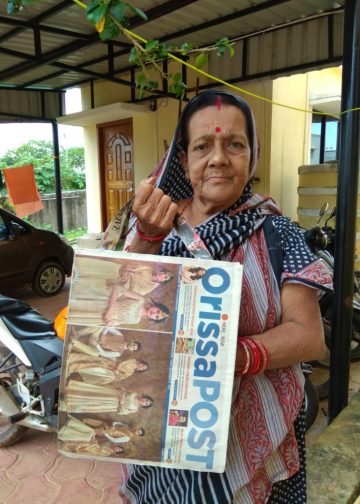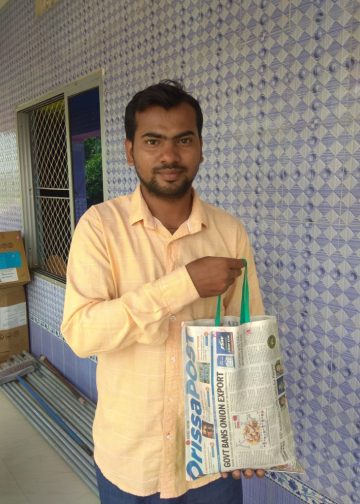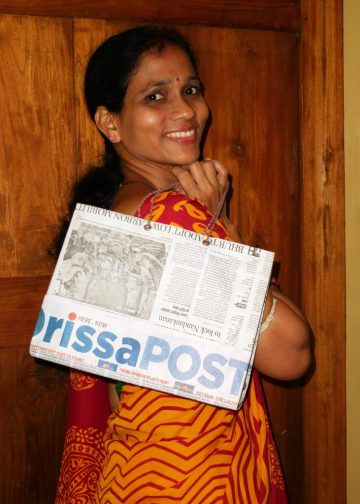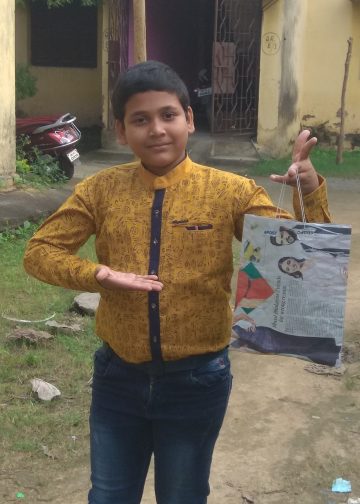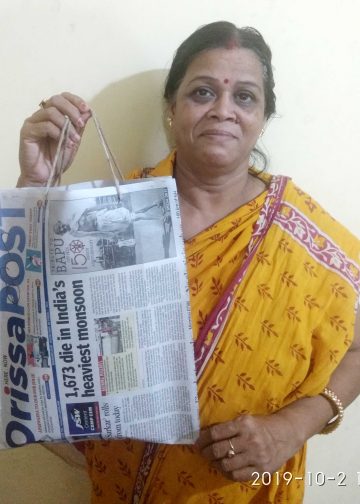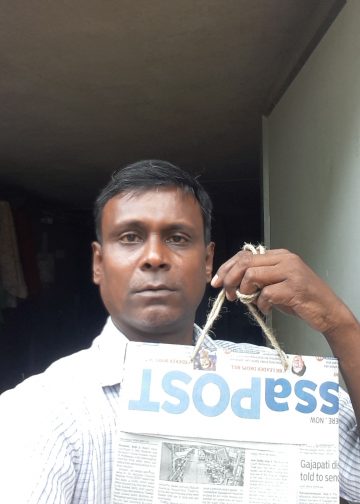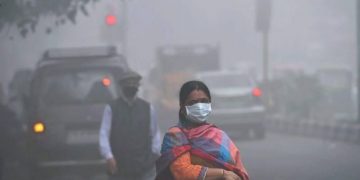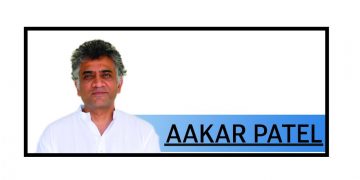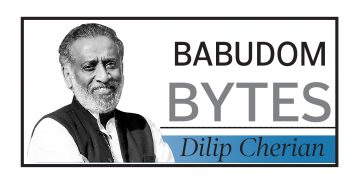In 1990, meaning 33 years ago, India’s per person income was $367 and China’s was $317. That was the last time we were ahead of them. Notice that China was slightly behind India around when both nations went into the phase we call liberalisation. But liberalisation has not helped us replicate what they have done. China grew at 11.7% in the 1990s (versus our 5.6%), then 16.5% in the 2000s (against our 6.5%) and then 8.8% in the 2010s (versus our 5.1%). China should interest us most because China has as large a population as ours and is an Asian nation. And it was exactly as poor as us at one point in time. The World Bank’s data shows that India’s per capita income in 1960 was $82, while China’s was $89. In 1970, we were even with India at $112 and China at $113. In 1980, India was $266 and China considerably behind at $194. In 2000, we were $1357 and China was $4450. In 2022, India was at $2388 and the Chinese at $12,720.
To grow at 15% per year is an astonishing feat which we have never achieved ever, but these three nations consistently delivered it in sustained fashion over several years to escape poverty. Japan grew by 13.7% through the 1960s to reach our current level ($2056) in 1970. In the decade to 1980, it again grew its economy by 16% a year to reach $9463. In the four decades after that it averaged a growth rate of 3.5% to come to over $39,000. The other success story, South Korea, grew at an average of 5.8% in the decade between 1960 and 1970. From 1970 to 1980 it grew at 20% a year, in the decade after that it grew at 14.4%. In the decade after that (1990-2000) it grew at an average of 6.3%, between 2000 and 2010 at an average of 6.5% and in the last decade to 2020 it grew at 3%, having arrived at ‘developed’ status. In 1970 Korea’s per capita GDP in dollars was twice as much as India’s. Today it is 15 times more.
At the point in their history when all three nations had an average per capita GDP of where we are today, they were growing in the double digits every year. We never have and that is why we do not really belong on that list with the other three. So where do we belong?
The World Bank defines lower middle income nations as those where per person GDP is between $1,036 and $4,045 (at $2200, we are lower middle income and have been here since 2008, around when we crossed $1000). Upper middle-income economies are those with per capita national income of between $4,000 and $12,300. China went over that, to reach $12,556 in 2021. Above this is classified as high income.
Our historical average for growth in the last six decades has been 5.02%. After 2014 our growth has been an average of 5.05%. Meaning that there is little difference, once again, between an India that is run under an economic ideology defined as Nehruvian socialism, as Indiran ‘License Raj’ or, as it has been over the last 30 years, under liberalisation. We bumble along.
Though today they are marginally ahead of India in per capita GDP, Bangladeshis came out of the womb in bad shape economically. In the decade between 1971 and 1980, Bangladesh’s GDP grew by an average of just 1.04% a year. In three of those 10 years it registered negative growth, contracting by 14% in 1972. This led the world to write it off as a viable state and an American diplomat, Alexis Johnson, described it as an ‘international basket case’, a term with which secretary of state Henry Kissinger, who died a few days ago, agreed.
And yet here it stands today, alongside the next superpower India and in fact slightly ahead ($2688). In the last decade Bangladesh grew at an average of 6.4%. Our sister Pakistan outperformed India in the 1960s. Pakistan grew its economy by an average of 7.25% per year in the decade between 1961 and 1970. In two years, 1965 and 1970, it grew by more than 10%. The American political scientist Samuel Huntington (who coined the phrase ‘clash of civilisations’) likened Pakistan’s president in that period, field marshal Ayub Khan, to the Greek lawgivers Solon and Lycurgus. And yet here is Pakistan today, behind Bangladesh in per capita GDP and not too far ahead of Sub-Saharan Africa, the poorest region of the world. Pakistan’s GDP grew by an average 3.7% in the decade between 2011 and 2020, ahead of the global average of 2.38%.
The world’s GDP per capita per year is an average of $12,262. China is slightly ahead of the world average and Bangladesh, India and Pakistan are one fifth. We were five times less than the global average in 1960 also, when the globe was at $459 and India at $82. Note that this is per person income and of the world’s 7.7 billion people, South Asia contributes a full 23%. Meaning we are a drag on the world’s economy and productivity and have been for 60 years, at more or less the same rate.
We can either accept that by looking at our actual performance and the hard data over 60 years or we can delude ourselves with our rhetoric. But where do we go from here? That is the subject of the book that I am working on currently and we will look at that next week.
By Aakar Patel

